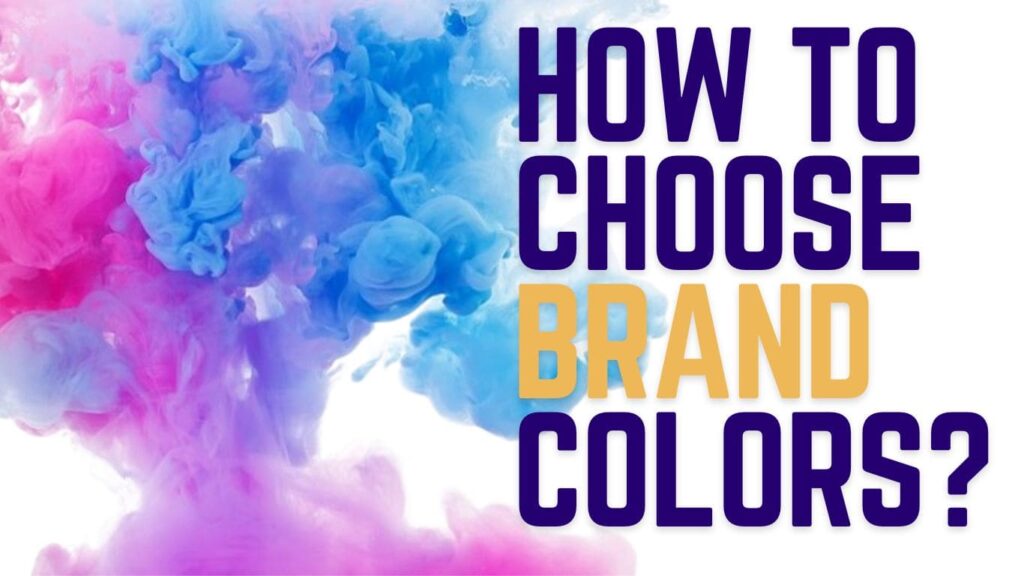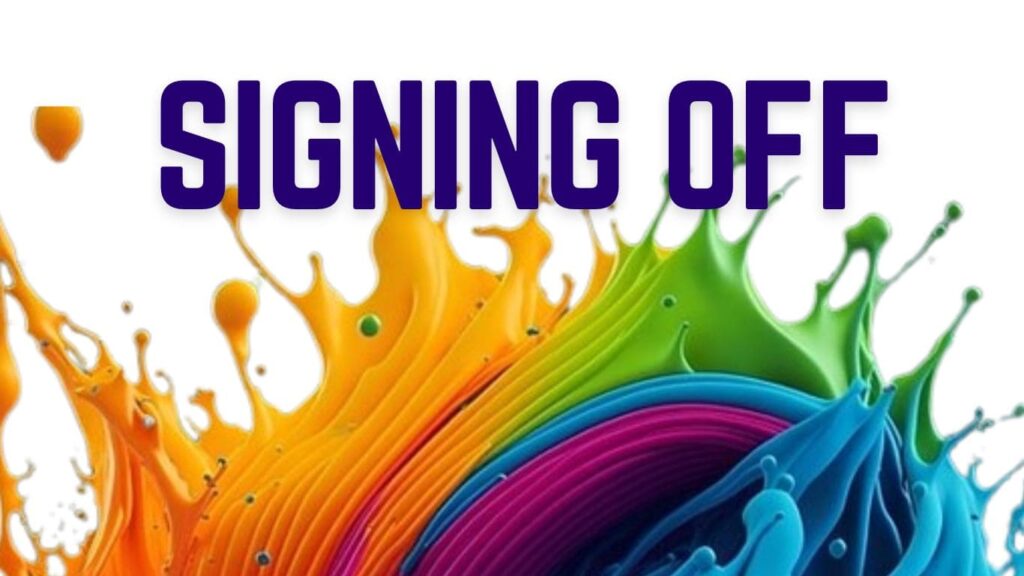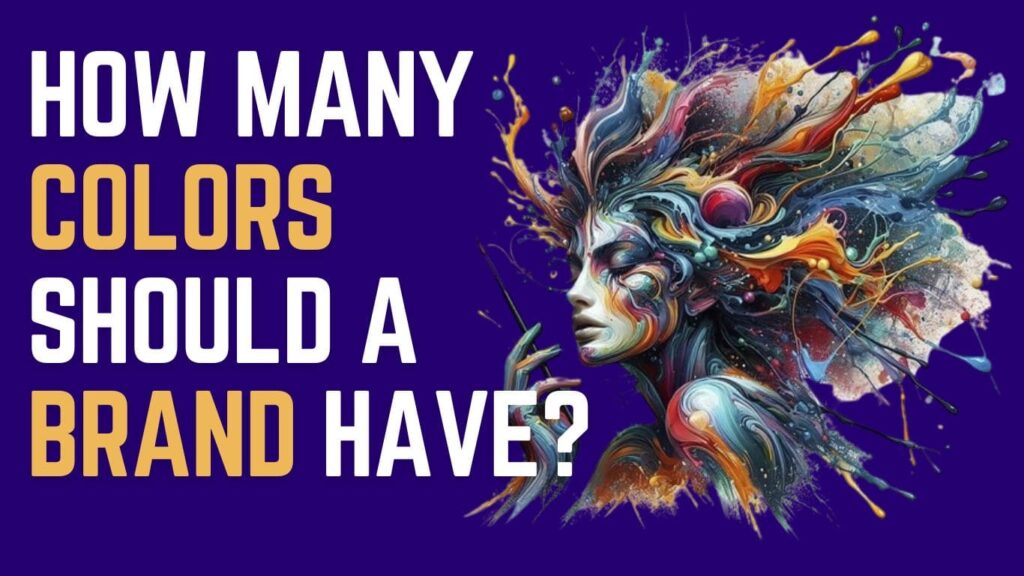How many colors should a brand have?
As a copywriter with a passion for design, this question had been gnawing at me for quite some time.
I wanted the secret sauce to understand what makes a perfect brand colors palette.
Hence it had me researching and getting deeper into finding the most awesome recipe, that would have my audience going oomph for my brand.
And here is my understanding.
Colors are like the paintbrushes of branding, each stroke adding depth and meaning to the canvas of a company’s identity.
But just like an artist selects his colors carefully, so must a brand choose its hues with intention and purpose.
Too many colors can create chaos, while too few can leave a brand feeling bland and forgettable.
Imagine walking into a room filled with vibrant paintings, each one boasting an array of colors. Now imagine stepping into another room where everything is painted in shades of gray.
Which room would leave a lasting impression?
The answer is clear: the one that strikes the perfect balance between variety and cohesion.
In branding, it’s all about finding that sweet spot.
A brand should have enough colors to capture attention and evoke emotion, but not so many that it becomes overwhelming or confusing.
Think of iconic brands like Coca-Cola or McDonald’s; their color palettes are instantly recognizable and deeply ingrained in our collective consciousness.
But how do you determine the magic number?
Well, it depends on various factors such as:
- Industry,
- Target audience, and
- Brand personality.
Some experts suggest sticking to two or three primary colors, while others argue for a broader spectrum. Ultimately, it’s about finding what works best for your brand.
Though, I will give you a generic but clear idea, as to how I as a visual branding expert, choose brand colors for my clientele.
What are brand colors?

Brand colors are the specific hues that a brand chooses to represent itself visually. They play a vital role in creating a cohesive and recognizable brand identity while evoking desired emotions and perceptions in the target audience.
We designate a color palette to our brand, complementary to the brand’s personality and style.
Why are brand colors important?

Brand colors are essential for several reasons. Here are six key points highlighting the importance of brand colors in visual branding:
- Brand Recognition:
Consistent use of brand colors helps in creating recognition and familiarity among the target audience.
When people see your brand colors consistently across different touchpoints, they can quickly associate them with your brand, increasing brand recall.
- Emotional Connection:
Colors have psychological associations and can evoke specific emotions and feelings.
By strategically selecting brand colors that align with your brand personality and message, you can create a strong emotional connection with your audience, influencing their perceptions and behaviors.
- Differentiation:
In a crowded marketplace, standing out is crucial. Unique and memorable brand colors can help you differentiate yourself from competitors.
When your brand colors are distinctive and well-aligned with your brand positioning, you can create a lasting impression and attract attention.
- Brand Consistency:
Using consistent brand colors across all brand assets ensures visual cohesion and reinforces your brand’s identity.
Consistency builds trust and professionalism, showcasing your commitment to delivering a unified experience to your audience.
- Visual Hierarchy:
Brand colors play a role in establishing a visual hierarchy within your designs.
By assigning primary and secondary colors, you can guide the viewer’s eye and emphasize important elements, such as calls to action or key messages.
- Cross-channel Adaptability:
Brands need to be adaptable across various platforms and mediums.
Carefully chosen brand colors can be easily translated across different channels, including websites, social media profiles, print materials, and packaging, ensuring a consistent brand experience regardless of the medium.
How to choose brand colors?

Following is a 6-step guide on how to choose the right colors for your brand that rocks::
- Understand Your Brand Personality:
Understand the personality and values of your brand. Think about the emotions and qualities you want to convey to your audience.
- Give a Face to Your Target Audience:
Consider your target audience’s preferences, demographics, and psychographics. Choose colors that resonate with them and evoke the desired response.
- What colors say about your brand (Understand Color Psychology) :
Different colors evoke different emotions and associations. Consider the meanings behind various colors and how they align with your brand identity.
Here’s a breakdown of some common brand colors and what they mean::
- White: Balance and calmness
- Yellow: Warmth, optimism, and clarity
- Blue: Trust and strength (avoid for food brands)
- Green: Nature, health, and peace
- Purple: Imagination, creativity, and fantasy
- Red: Excitement, youthfulness, and boldness
- Orange: Cheerfulness and confidence
- Pink: Femininity, sensitivity, and calmness
- Describe Your Brand in Three Words:
Choose three adjectives that best describe your brand from the above. Use these words to guide your color selection process.
For example, a romantic brand may choose dark reds, while an energetic brand may opt for oranges.
- Be Mindful About Gender & Cultural Diversity:
Consider cultural and gender preferences when selecting colors to ensure inclusivity and relevance to your target audience.
- Create a Palette:
Develop a color palette that includes a primary color, secondary /complementary colors, and neutral shades.
How Many Colors Should A Brand Have?

Aim for one primary color, two secondary colors, and one neutral color for a balanced palette.
You can also use tools like Adobe Color for inspiration and guidance.
- Primary Color:
Choose a color that embodies your brand’s mission and personality. This color will grab attention and be remembered.
Example: Cadbury – Purple
- Secondary/Complementary Colors:
Select colors that contrast and complement your primary color. These colors provide variety and versatility in design.
Example: Cadbury – Golden and White
- Neutral Colors:
Pick a neutral shade that pairs well with your primary and secondary colors. Neutral colors help maintain balance and consistency in communication.
- Now, your brand palette is ready. Maintain consistency across all visual communication channels while allowing some flexibility for creativity and variety.
Frequently Asked Questions:
What are Google brand colors?
Google’s primary brand colors are blue, red, yellow, and green, reflecting its vibrant and dynamic image. These colors are prominently featured in its logo and across its various products and services.
What are Amazon brand colors?
Amazon’s primary brand color is black, while its secondary brand color is orange. These colors convey Amazon’s reliability, sophistication, and warmth.
What are common luxury brand colors?
Luxury brands often use sophisticated and timeless colors such as black, gold, silver, and deep shades of red, blue, or purple. These colors evoke feelings of elegance, exclusivity, and opulence.
What are Apple brand colors?
Apple’s primary brand colors are silver, white, and black, with accents of gray. These colors embody simplicity, elegance, and sophistication, reflecting Apple’s minimalist design aesthetic.
What are Nike brand colors?
Nike’s primary brand colors are black and white, often accompanied by accents of red and occasionally other vibrant hues. These colors convey Nike’s boldness, energy, and athleticism.
Signing off:

Though according to me, there is no exact number to the question- ‘How many colors should a brand have’, there is definitely a right method to do it.
Choosing the right brand colors is a crucial step in building a strong visual identity that resonates with your audience and effectively communicates your brand’s personality and values.
By unraveling your brand’s personality and giving a face to your target audience through thoughtful consideration of color psychology and cultural nuances, you can create a cohesive and impactful brand presence.
Remember to maintain consistency across all brand touchpoints while allowing room for creativity and adaptability. With a well-crafted color palette, your brand can leave a lasting impression, foster emotional connections, and stand out in today’s competitive market landscape.
Need help with Brand Colors? Connect with us and we will make it as easy as a breeze.
Also read- https://visualsthatspeak.com/how-many-fonts-should-a-brand-have/
